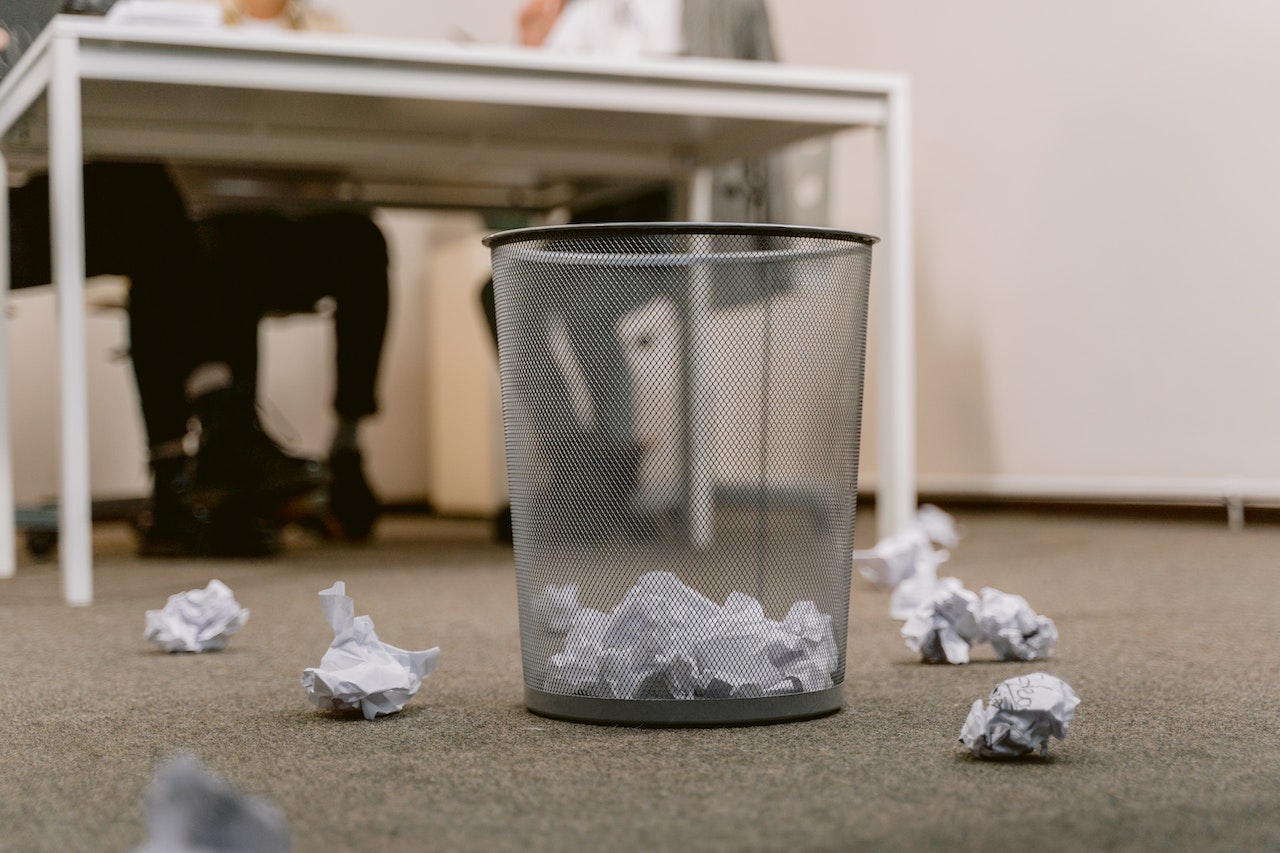Implementing a Successful Commercial Recycling Program – 5 Easy Steps
Starting a commercial recycling program can seem like a daunting task, but it doesn’t have to be! By following these five easy steps, you can implement a successful program that will benefit both your business and the environment.
5 Easy Steps for Implementing a Successful Commercial Recycling Program
Conduct a waste audit
The first step in starting a successful recycling program is to understand what waste your business produces. This means conducting a waste audit, or a thorough analysis of the types and amounts of waste your business generates.
This will help you determine what recyclable materials are present and how much of each type you have. It will also help you identify any areas where waste could be reduced, such as through the implementation of composting programs for food waste or by switching to reusable products.
Determine what can be recycled
Once you have a clear understanding of the types and amounts of waste your business generates, the next step is to determine what can be recycled.
Not all materials can be recycled, and it’s important to know what is and isn’t accepted in your area. Some common recyclable materials include paper, cardboard, metal, and plastic, but it’s important to check with your local waste management company to see what is accepted in your area.
Set up recycling stations
Once you know what can be recycled, the next step is to set up recycling stations throughout your business. These stations should be clearly labeled and placed in areas where waste is generated, such as near office printers or in break rooms.
It’s important to provide a variety of recycling bins to accommodate different types of recyclable materials, such as a bin for paper and a bin for plastic.
Train staff
No recycling program will be successful without the support of your staff. It’s important to provide training and education on the importance of recycling and how to properly sort and dispose of waste.
You may also want to consider creating a “green team” or group of employees who are dedicated to promoting sustainability efforts within the business.
Track progress and make adjustments
Implementing a recycling program is a long-term process, and it’s important to track your progress and make adjustments as needed. This may involve conducting regular waste audits to see how much waste is being diverted from landfills, or adjusting the placement of recycling stations to ensure that they are being used effectively. By regularly reviewing and adjusting your program, you can ensure that it is as successful as possible.
Why Commercial Recycling Is Key To Your Business
Implementing a successful commercial recycling program takes time and effort, but the benefits are well worth it. Not only will you be helping to reduce landfill waste and the overall amount of waste your business generates, you’ll also be demonstrating your commitment to sustainability and the environment.
Whether you’re starting a small office recycling program or a larger program for a multi-location business, these five steps will help you plan and implement a program that works for you. If you are creating bulk loads of waste, it will be handy to partner with a commercial recycling business. We can arrange a day to collect your materials and have the waste recycled into new products.




